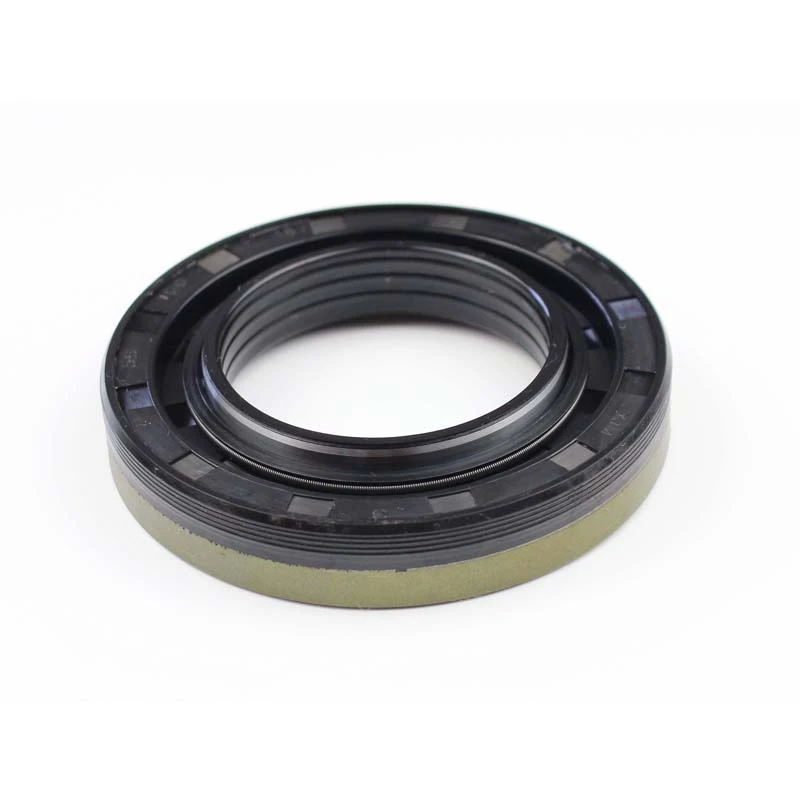transmission selector shaft seal
Understanding Transmission Selector Shaft Seal Importance and Maintenance
The transmission selector shaft seal is a crucial component in ensuring the proper functioning of a vehicle's transmission system. Its primary role is to seal the area where the selector shaft enters the transmission, preventing fluid leaks and protecting the internal mechanisms from dirt and contaminants. Understanding the significance of this seal, its signs of failure, and maintenance practices can help vehicle owners prolong the life of their transmissions.
Importance of the Transmission Selector Shaft Seal
The transmission system is responsible for transferring power from the engine to the wheels, enabling the vehicle to move. The selector shaft, which allows the driver to choose the appropriate gear, is a critical part of this system. The seal that envelopes the selector shaft is vital, as it keeps transmission fluid contained within the unit. This fluid is essential for lubricating the gears and maintaining optimal operating temperatures. A healthy seal ensures that the transmission operates smoothly, providing seamless gear shifts and enhancing overall performance.
Signs of Seal Failure
Like any mechanical component, the transmission selector shaft seal can wear out over time due to exposure to heat, pressure, and friction. Several signs may indicate that the seal is failing, which can lead to significant issues if not addressed promptly.
1. Fluid Leaks One of the most common indicators of a failing seal is the presence of transmission fluid leaks. If you notice red or brown spots under your vehicle where it is parked, it may suggest a leak originating from the selector shaft area.
2. Difficulty Shifting Gears A worn or damaged seal can impact the ability to shift gears smoothly. If you experience stiffness or clunkiness when changing gears, it may be due to issues with the selector shaft seal.
transmission selector shaft seal

3. Fluid Contamination The primary function of the seal is to keep contaminants out of the transmission. If you notice dirt or debris in your transmission fluid, it may indicate that the seal has degraded and is no longer performing effectively.
4. Increased Transmission Temperature A compromised seal can lead to a decrease in fluid levels due to leaks, resulting in insufficient lubrication and increased friction. This can escalate the transmission’s operating temperature, potentially causing severe damage.
Maintenance and Replacement
To preserve the functionality of the transmission selector shaft seal, regular maintenance is essential. Vehicle owners should periodically check for fluid leaks and monitor the condition of their transmission fluid. If the fluid is discolored or has a burnt odor, it might be time for a change.
If you suspect that the seal is failing, it's crucial to address the issue promptly. While a DIY approach may be tempting, it is often advisable to consult a professional mechanic. Replacing the transmission selector shaft seal involves disassembling parts of the transmission, which can be complex and requires specialized tools and knowledge.
Conclusion
In summary, the transmission selector shaft seal is a small yet vital component that plays a significant role in the longevity and efficiency of a vehicle’s transmission system. By staying vigilant for signs of seal failure and conducting regular maintenance, vehicle owners can avoid costly repairs and ensure that their transmission operates at its best. Proper care of the selector shaft seal ultimately contributes to a smoother driving experience and increased vehicle longevity.
-
The Ultimate Guide to Boat Propeller Bearings and Trailer Wheel Bearings
News Jul.31,2025
-
The Essential Guide to Marine Bearings and Boat Trailer Wheel Bearings
News Jul.31,2025
-
The Complete Guide to Heavy Duty Seals: Protecting Doors and Spaces Efficiently
News Jul.31,2025
-
Essential Guide to Marine Shaft Bearings and Boat Trailer Axle Bearings
News Jul.31,2025
-
Comprehensive Guide to Marine and Trailer Bearings for Safe Boating and Transport
News Jul.31,2025
-
Comprehensive Guide to Automotive Oil Seals: Protecting Your Engine and Shafts
News Jul.31,2025
-
Understanding Automotive Oil Seals: Essential Components for Engine and Shaft Protection
News Jul.30,2025
Products categories















